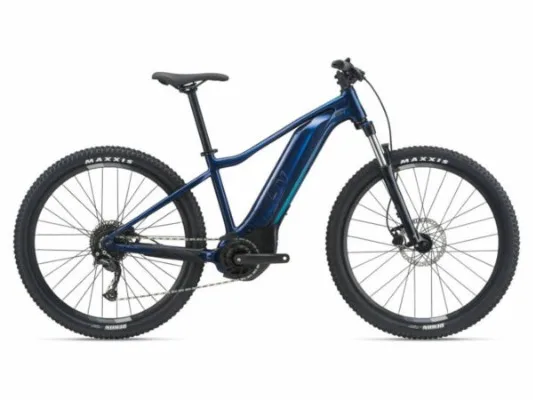Cuenca’s Fiesta de Independencia brings out the whole city and offers a veritable cornucopia to holiday shoppers
Editor´s note: Cuenca's independence holidays officially begin on Friday, November 2, but many of the festivities are already underday and the fun continues through Sunday, November 4. Deke's Castleman's holiday report from last year is reposted here.
Guayaquil declared its independence from Spain on October 9, 1820, seizing military control of the city in a nearly bloodless coup. Less than a month later, on November 3, Cuenca won its own independence after a handful of skirmishes between revolutionaries and Spanish soldiers that lasted two days. These two events set the stage for the decisive Battle of Pichincha, which took place on May 24, 1822, liberating Quito and achieving independence for all of what would soon be Ecuador.
The independence of Cuenca is celebrated with a huge festival that lasts twice as long as the battle itself. This year, it geared up on Wednesday, with many of the city’s businesses closed on the 3rd and 4th. Some businesses reopened on Saturday the 5th, but the art displays, craft booths, roving entertainment, street food, and general hubbub run through the weekend.



The festival attracts all the gringos, like ex-Las Vegans John (in his new Panama hat) and Joyula (below), heading into the main part of the fair, where vendors sell: embroidered bags and wall hangings; leather wallets, belts, change purses, women’s purses, and key holders; rings, bracelets, necklaces, earrings, and pendants fashioned from shiny metals and colorful beads, with boxes to put it all in; kids’ stickers, toys, and dolls; feather art; figurines small and large; pottery, ceramic, wooden, and stone products; incense and incense holders; religious symbols; chess sets, picture frames, masks, miniatures, posters, and wooden utensils; souvenirs and knick-knacks; and that’s in the first five minutes.

Textiles are on display in abundance: scarves, shawls, blankets, fabrics, men’s and women’s shirts, socks and underwear, sweaters, sweatshirts, jackets, hats, vests, skirts, and dresses. Vendors also sell souvenir and tie-dyed T-shirts, jeans and slacks, even shoes.



On the north side of the river, at the bottom of the Escalinatas, the grounds of the art museum CIDAP host much more elaborate display booths than those that crowd the sidewalks. They're inside big tents, complete with signs of the names of vendors and where they’re from — mostly Cuenca, but also Gualaceo, Loja, Vilcabamba, and as far away as Quito and Ibarra. This is a higher class of art, crafts, collectibles, and utensils; here, you'll find wrought-iron, brass, glass, pottery, rocks and crystals, wooden jigsaw puzzles, candle holders, lamps, and much more.

A little farther up the river, at La Esquina des Artes across from the University of Cuenca, a few vendors sell food products, such as jars of marinating peppers and mushrooms, jams and jellies, chocolate, honey, cakes and tortes, and cookies, all outside the permanent shops of artists and artisans.

On the other side of Avenida Loja right at Puente de Vado are crafts from Peru, sold by women in distinctive dress that differs in detail from what you'll see worn by Ecuadorian's indigenous people.

Here, Serafina, who hails from Cuzco, folds an alpaca sweater selling for $20.

Diane — artista, motociclista, and expatista from northern California — relaxes in the courtyard of the house of friends who live right on the river, across from the festival.

Street food typically abounds in Cuenca, but vendors are out in force during festivals. This man sells sno-cones; the white crank grinds the ice, over which he pours very sweet and heavy syrup, with a dab of cream on top.

Pinguino is one of the popular brands of ice cream in Ecuador.



Expats Leanna and Susan head home after a successful visit, loaded down with custom chocolate and designer shampoo.

















